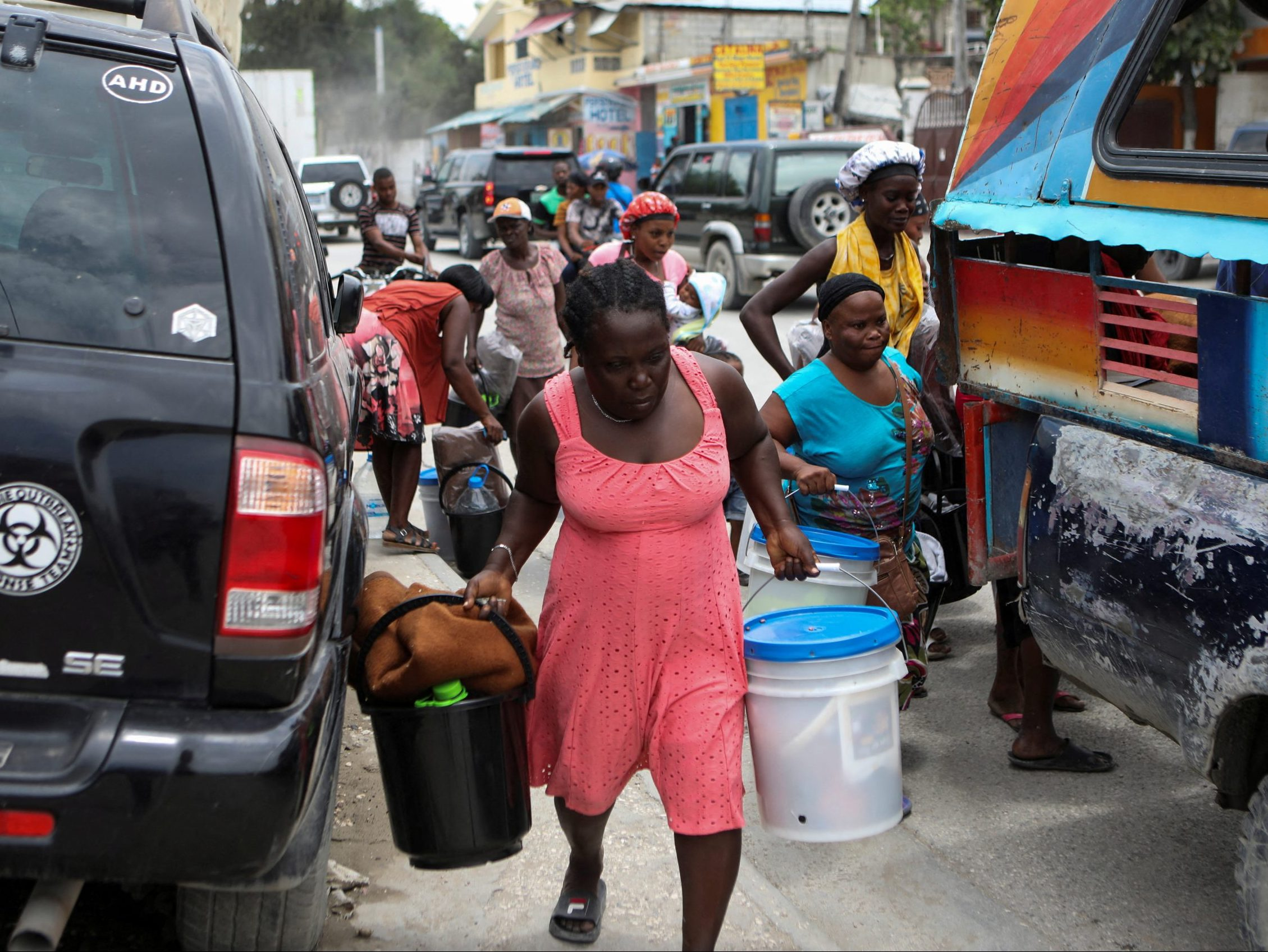Criminal organizations in Haiti have evolved, relying on aggressive tactics to fund themselves.
They engage in kidnappings, extortion, and arms trafficking, significantly increasing their influence.
Alliances like G9 an Fanmi e Alye and GPèp la dominate parts of Port-au-Prince, impacting daily life through violence and economic coercion.
Over 1,200 kidnappings were reported in 2022, along with numerous killings, indicating a severe security crisis.

These gangs also control businesses and vital resources like fuel terminals, affecting Haiti’s economy and humanitarian situation.
The Haitian National Police (PNH) struggles with limited resources and manpower, hampering its ability to counter gang influence.
Efforts to strengthen the PNH, including acquiring armored vehicles, highlight the need for specialized support.
International measures, such as sanctions on individuals and entities linked to gangs, aim to disrupt their financial networks.
Canada, for instance, has frozen assets of Haitian businessmen tied to gang activities, though the impact on violence remains uncertain.
A U.N.-backed international force is proposed to support the PNH and address the humanitarian crisis in Haiti.
However, details on its size and timing are pending. The mission faces challenges due to entrenched gang power and Haiti’s socio-political complexity.
Recommendations for the international force emphasize border security, intelligence networks, and dialogue with Haitian stakeholders for stability and peace.
Resolving Haiti’s crisis requires a comprehensive international strategy addressing security, socio-economic, and political issues.
.

